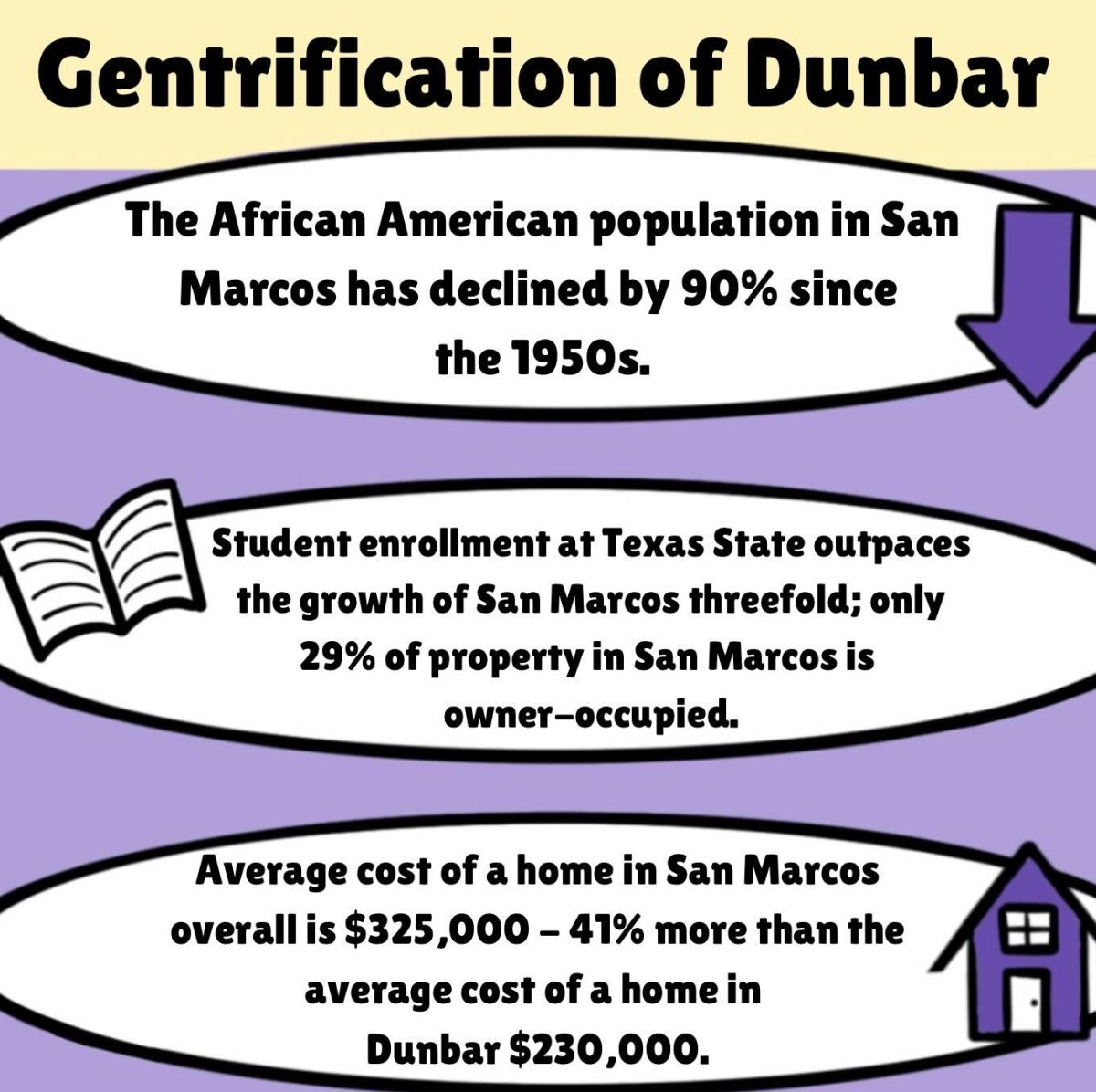In a recent student government meeting, the Food Services Committee announced drastic changes to the residential meal plan. Although there has been an uproar of disapproval from the student body, the new meal plan is a positive change for our university.
The new residential meal plan will create a more dynamic and efficient use of the meal trade holder’s money and improve spending habits. Meal trades will no longer exist and neither will the concept of endlessly sharing swipes. The restriction on sharing swipes has caused the most uproar. However, the restriction was added with the intention of creating a better experience for meal plan holders.
Texas State students have not received the news of these drastic changes lightly. In fact, they took their immediate concerns and complaints to social media platforms like Twitter. The outrage from the student body was premature and backed by a perception that the changes were meant to limit students’ control of the situation.
According to John Root, director of Auxiliary Services, the campus dining staff noticed there was an abuse in the meal swiping system and have decided to eliminate it. Some students — and even San Marcos residents — would roam around dining halls and ask students for a swipe to get a free meal. By creating a guest pass limit, meal plan holders will be relieved from being pressured into sharing swipes.
Dining services carefully thought of ways to improve the value of a meal swipe for the students. A meal equivalency system is replacing the meal trades. If anything, these changes give students more freedom and control. One swipe provides a meal totaling no more than $6. Anything spilling over the $6 credit line will be removed from the holder’s dining dollars.
The meal equivalency idea is intended to allow the meal plan holder more freedom in meal choices. Dining services knew they were stepping into uncharted territory with this project, but they were adamant about assuring students purchased a meal plan that has the best value for their money.
Dining services will create a menu that informs the students of what credit range meal combinations fall into. They are also working on setting up booths and infographics around campus in the upcoming weeks to answer any questions or concerns.
Texas State’s residential meal plan remained untouched for more than 21 years, so the dining program started to get serious about changing the meal plan in the last two years. After much deliberation, dining services created a plan comparable to schools such as the University of Texas at San Antonio, Texas Tech University, the University of North Texas and Texas A&M University.
Texas State constantly looks at ways to expand campus resources, and dining services is no exception to this fact. It wants to incorporate creative ways of accommodating students’ needs. In fact, Root confirmed there are plans of making two locations in Jones Dining Center open for 24 hours.
Students have a right to decide what to do with their swipes. There are definitely aspects of these meal plan changes that need to be revisited, but the student body jumped to conclusions before it fully understood the new plan. The changes primarily affect the incoming freshman who won’t even realize there was a change made in the first place.
The new residential meal plan is bringing more opportunity and freedom to the student body and their food consumption. Students need to do research and ask questions before they disapprove of a serious improvement to our university.
– Laura Nunez is an advertising sophomore
The new residential dining plan is changing Texas State for the better
April 2, 2019
0
Donate to The University Star
Your donation will support the student journalists of Texas State University. Your contribution will allow us to purchase equipment and cover our annual website hosting costs.
More to Discover














